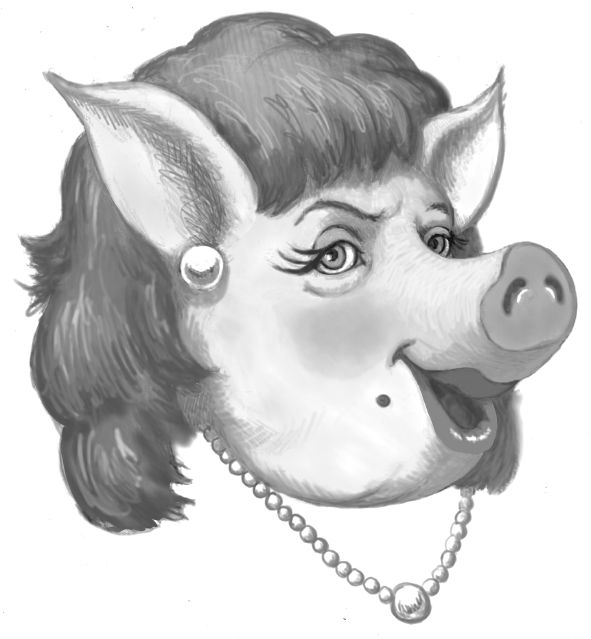In the realm of diamonds and cubic zirconia, one stone is imperfect and made of carbon, the other flawless and made of zirconium oxide. Diamonds are formed deep in the Earth via 2,000-degree heat and intense pressure, over millions, if not billions of years. Cubic zirconia is made in a laboratory. Regardless of mining controversies, conflict diamonds and an international De Beers conspiracy, the diamond is natural and intensely beautiful. The cubic zirconia is an abundant, fabricated imitation. Its look is unfortunately overpowering; plus, it has no humorous urban nickname. (Diamonds you can call "ice.") Most importantly, though, one is real and the other is fake. And real is almost always better than fake. Would you rather admire real big boobs or big fake boobs? Drink a Bud or an O’Doul’s? Find real gold or fool’s gold? Listen to The Beatles or The Monkees? Most of us want the real thing. So in a world of fraud, put-ons, dishonesty and blatant lies, authenticity is one of the finer things in life, if not a total luxury. I recently moved back to Albuquerque for a spell, to my same neighborhood, even to my same street. Last week it was called to my attention that lining Central between Broadway and I-25 (the main cross-section of my neighborhood–Huning Highland) are some new signs. Officially, I’m told, they’re called "identification banners" and they are hung on the lampposts that line these several blocks. What they identify is "EDo." They also define in bright green lettering that "EDo" is "an urban evolution." What this urban area is evolving to, I’m not sure: a facade of yuppie ideals, masking the neighborhood’s true identity as the respite of those who participated in the railroad boom? An area where rich people can pretend that Albuquerque is some metropolis by living in expensive lofts? A yoga district?In case "EDo" hasn’t already been shoved down your throat, it stands for "East Downtown," a concept which was taken from Denver’s "LoDo." The Albuquerque High remodel at Broadway and Central a few years back initiated this whole "evolution," with a New Urbanist developer from out of town and a team of supporters dictating the neighborhood’s future and identity. New Urbanism, which has not infrequently been touted and praised in this very paper, is a beautiful concept in theory. Infill development, sustainable growth, green building, walkable neighborhoods and public transportation are all desirable qualities for a community. The problem with some New Urbanist developments–namely, "EDo"–is that fundamentally they mirror traditional developments, with most concern paid to money-making and not the interest of the community. Sure, there were community meetings held for the proposal of EDo in the beginning, but in the end one of the neighborhood’s most intrinsic, historical aspects was exorcised: its name. So what would you prefer: a preserved historic neighborhood or the forced interpretation of a select few of the aesthetic desires for this city? Which is better, real or fake?Most of us want the real thing. A diamond and not cubic zirconia. My neighborhood, before and after the fancy signage, is one of the most beautiful in Albuquerque, and there is no other neighborhood in the country with its name: Huning Highland. For reasons of principle and for reasons of not sounding like a dipshit, I will never call my neighborhood "EDo," which is meaningless. (I will also never call the Harvard Mall the Brick Light District. Unless I’m joking.) Feel free to join me in this protest.
The opinions expressed are solely those of the author. E-mail cassyle@alibi.com.



